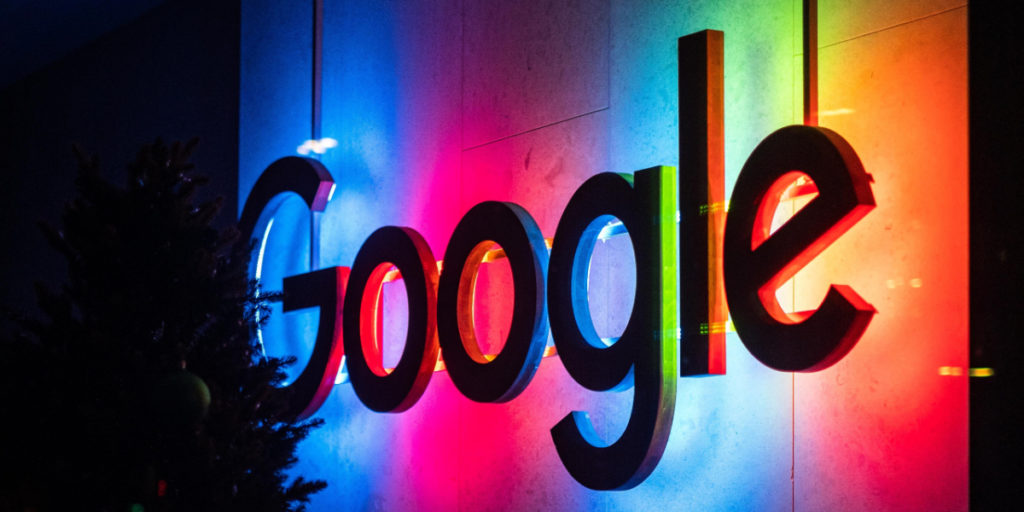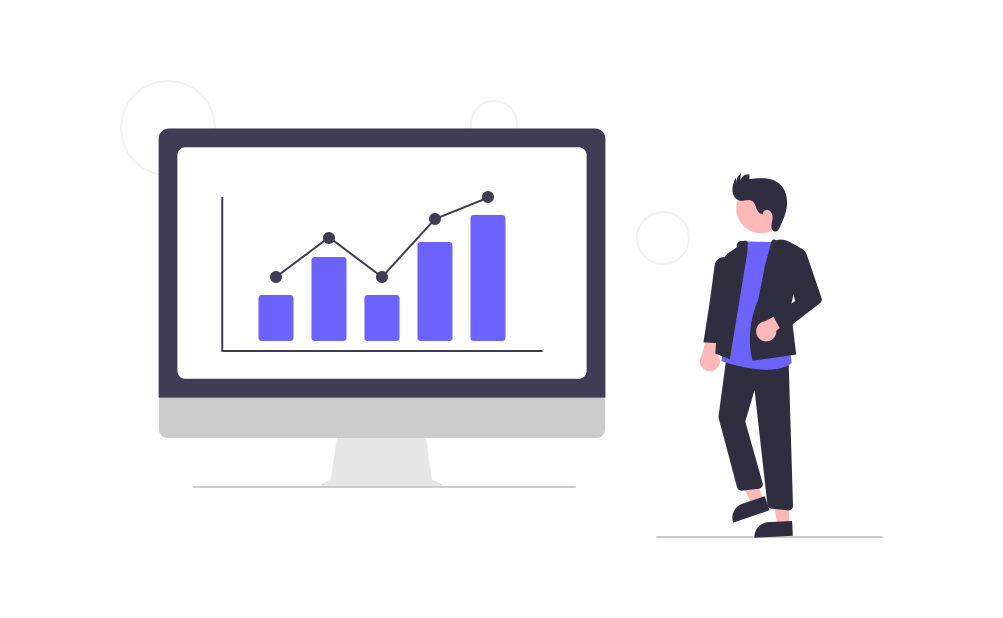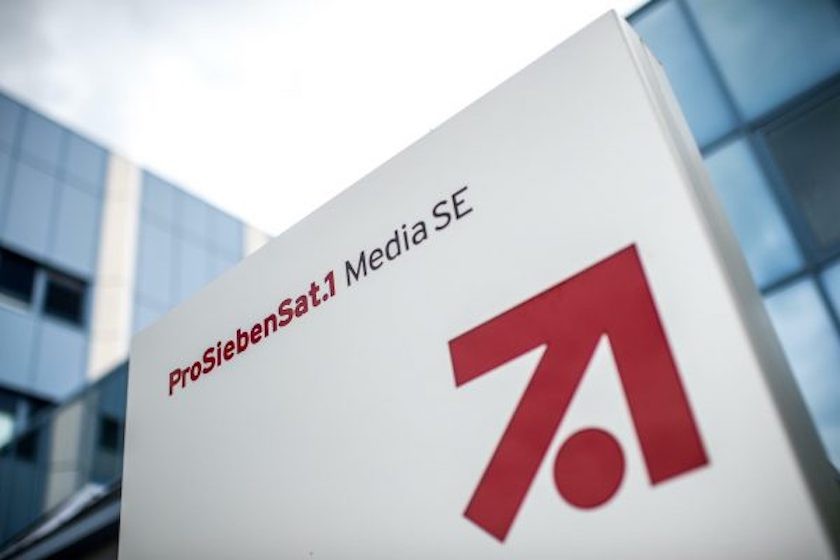Google has this morning announced a new tool, ‘Confirming Gross Revenues’, a new tool created within Google Ad Manager which the tech giant says will help expose hidden ad tech fees, and give buyers confidence that their media spend is reaching publishers.
Through the new tool publishers will have access to a new ‘Revenue Verification Report’, which will use data from supply-side platform partners to show the aggregate gross revenue the publisher has received from the buyer. The buyer and seller can then confirm between themselves that the total media costs from the buyer’s reports match the publisher’s revenue attributed to that buyer (once known fees are taken into account).
Google says that Confirming Gross Revenues doesn’t sit at odds with privacy protection. “Confirming Gross Revenue only uses the data needed to confirm no hidden fees have been taken,” says Allan Thygesen, president, Americas and global partners at Google. “To reduce the risk of user identification, the feature relies on aggregate gross revenue amounts, rather than combining granular log-level data.”
The tool will need collaboration from other parts of the ad tech supply chain, and it looks as though Google intends for the tool to be available outside of its own programmatic pipes. Google has said its own Display & Video 360 is signed up as an early tester, and that it’s in communications with other DSPs, SSPs, publishers and agencies to test the feature.
Trust in me, only me
Google’s Thygesen says the product is designed to restore advertisers’ trust in digital advertising as a whole. Referencing 2020’s study into programmatic transparency by ISBA and PwC, which found that on average 15 percent of ad spend ends up in unknown hands, Thygesen said he is concerned about “its impact on marketer confidence in digital advertising”.
Those signed up to early trials said they see potential in confirming gross revenues. “We believe this feature will be a great first step toward confirming that there are no hidden fees in programmatic buying, and having a seat at the table gives us the best opportunity to affect positive change for advertisers,” said Philip Pollock, COO at Omnicom Media Group Australia.
And Google’s message seems to be that the feature will help expose bad actors elsewhere in the ad tech supply chain. “While we can’t speak for the many other companies in this space, our platforms do not take hidden fees,” said Thygesen. “Working with others in the industry, we’re committed to investing in solutions that bring greater trust to programmatic buying and advance a more transparent ecosystem.”
However there will be plenty in the industry who remain sceptical of Google’s commitments to transparency. Last year the Texas-led antitrust investigation into Google’s ad tech business unveiled a backroom deal with Facebook, codenamed ‘Jedi Blue’, whereby Google offered an illegal advantage to Facebook within its auctions in exchange for Facebook backing down from its plans to become header bidding compatible – a move which would have harmed Google’s business.
Google itself said that “the Jedi program generates suboptimal yields for publishers and serious risks of negative media coverage if exposed externally.”
The same investigation alleges that thanks to its dominant market position, Google charges “a very high tax of 22 percent to 42 percent of the ad dollars otherwise flowing to the countless online publishers and content producers”. The top end of this figure is significantly higher than the 31 percent fee Google claimed in 2020, when it shared insight into its fee structure in the name of transparency.
Thus, Confirming Gross Revenue may also be designed to build trust in Google’s own ad systems – and to assuage concerns of the numerous regulators who are currently investigating the company.





